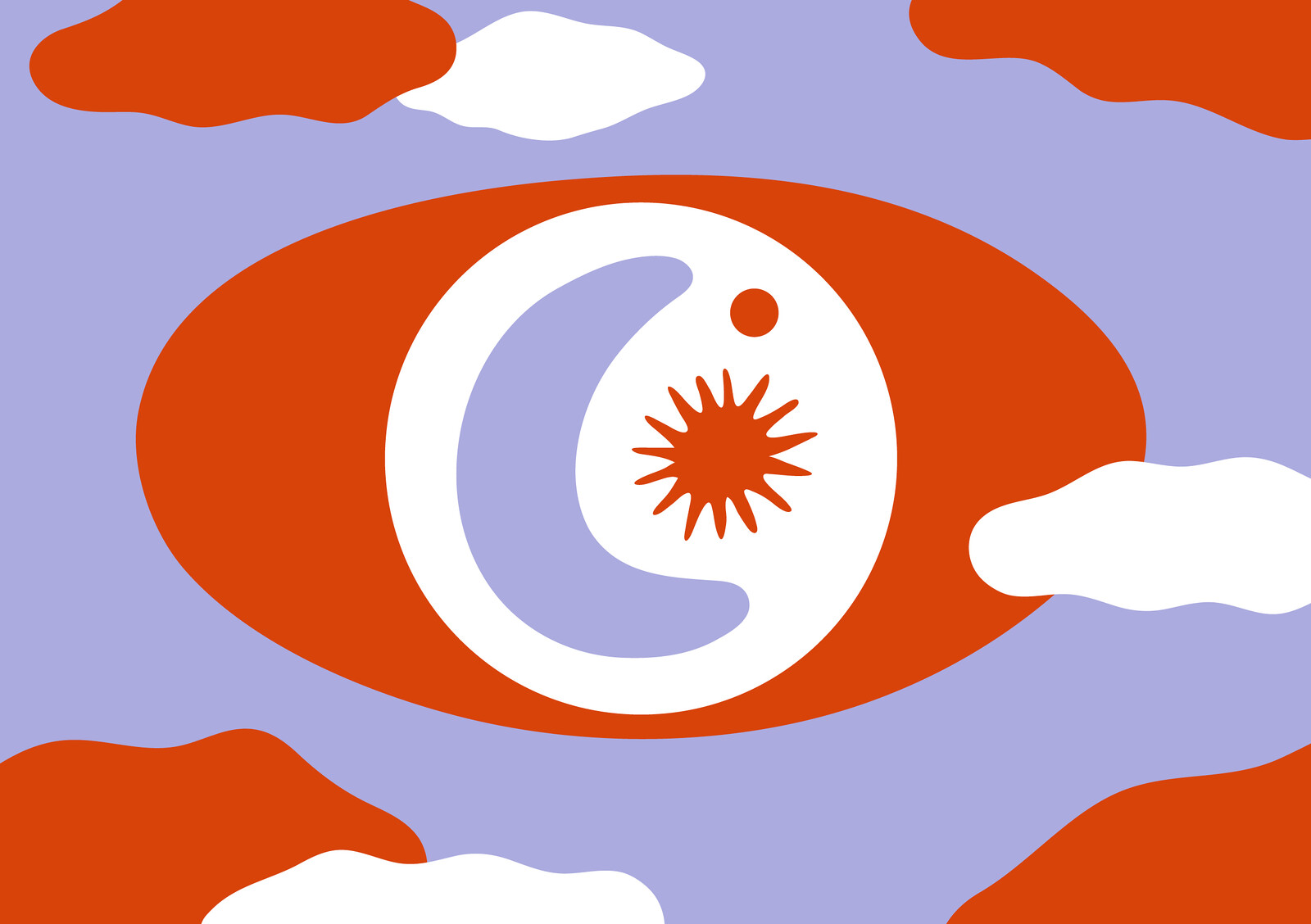Atlas of Heavens, “Next Generation”
August 27–September 2, 2018
Rebecca Kunz at Hardstrasse 43, Basel
With Linus Baumeler, Nora Berman, Conrad Bosshard, Iris Brodbeck, Leonardo Bürgi, Ralph Bürgin, Daniela Caderas, Anastasia Chaguidouline, Séverine Christen, Nadine Cueni, Anna Diehl, Marina Georgia Fehr, Jérémy Gigandet, Leolie Greet, Melvin Hasler, Paula Herrmann, Cyril Hübscher, Katharina Kemmerling, Manuel Köchli, Danielle Küchler, Mario Kull, Rebecca Kunz, Shani Lawrence-Downey, Kaspar Ludwig, Nicholas Matus, Marie Matusz, Julia Minnig, Sebastien Rück, Dorian Sari, Angèle Siegenthaler, Gregory Stäuble, Simone Steinegger, Cassidy Toner, George Tryfonos, Sean Völlmin, Davide Wouda, Linda Wunderlin, Dario Zeo
Curated by Sofía Hernández Chong Cuy (Witte de With Center for Contemporary Art) and Chus Martínez (Head of the Art Institute)
Our time is marked by a particular understanding of private belief, self-awareness, the conditions that determine our lives on a daily basis, and what is needed to structure our hopes, to shape what many call our fate. This complex architecture of real conditions, the incredible presence of all the images we coexist with, and the many heavens—both our individual and collective ones–we invent to imagine the future, make contemporary life oscillate between solitude and emptiness in unprecedented ways. Solitude emerges as the acute feeling of being left alone after a big promise of care, of love, of togetherness, of touch, of reciprocity, of comprehension… Emptiness is felt as subtraction, as a feeling that both magnifies the effect of individual solitude and immobilizes us with the fear that we may not be able to achieve a sense of freedom and values that is able to articulate the script of a new and necessary social and natural contract.
Statistics say that, following the New Age movement of the 1960s and 1970s, we are experiencing an incredible and very different revival of astrology. New, because the digital is both creating new testing tools to ask and interpret signs, but also new, because the digital is not giving rise to an “age,” but to a flow of zodiac dependency. The internet provides millions of ways to ask the same questions to the stars: Will I find love? Will I get rich and be able to escape? Will I be blessed with total bliss and joy and peace? Astrology expresses, since ancient times, a hypothesis: that there is a correlation between the stars and the earth, between the order of the cosmos and life. And therefore, in the era of emojis and memes, it provides an even better and more powerful vocabulary to address temperament—and per extension, personality—but also a tool to manage our expectations for life’s challenges and opportunities. However, one could say that the interpretive systems for spirits in times of powerlessness are also gender diverse. While men turn their hopes of getting an answer towards the vast spectrum of psychedelic drugs and beverages, women amplify their growing sense of touching the glass ceilings, walls, and floors through multiple charts, internet horoscope calculators, and a deep knowledge to the compatibilities marked by their birth charts.
The Western idea of becoming originates in the interaction between Babylonian, Egyptian, and Greek astrologies. But we are also the result of a big, unexplained revolution that happened in the 5th century BCE: the production of the twelve-zodiacal constellation sign catalogue, and, more importantly, the shift from official diviners to the development of birth charts marking the self-use of astrology to establish individual destinies. But why are we bringing these questions into the context of a final exhibition of bachelor’s and master’s students of art? No work thematizes the zodiac, but all of them significantly try to develop art—which is one of the highest expressions of freedom oriented, like the stars, towards the well-being of life—in a time when monstrous political infighting is replacing a language that is able to speak about the complex tasks we need to undertake. Tasks that are not and cannot be mistaken for the old right defensiveness permitting inequality, imposing xenophobia or fear via populism. We do need to interpret the stars; they live in the arts. Out of all the symbols and spirits that are in culture and in nature, that help us, it is art—as the highest representative of life in a coming parliament of symbols and psyches—that inspires the new words that all future social contracts need.
More information and full program
Satellite project
The project by Rebecca Kunz at Hardstrasse 43 in Basel can be visited as a satellite of the exhibition at the same opening hours. The house is located 5 min away by tram from Kunsthaus Baselland: Tram 14 from St. Jakob to Sevogelplatz.
Hours: Monday, August 27–Sunday, September 2, 11am–5pm



